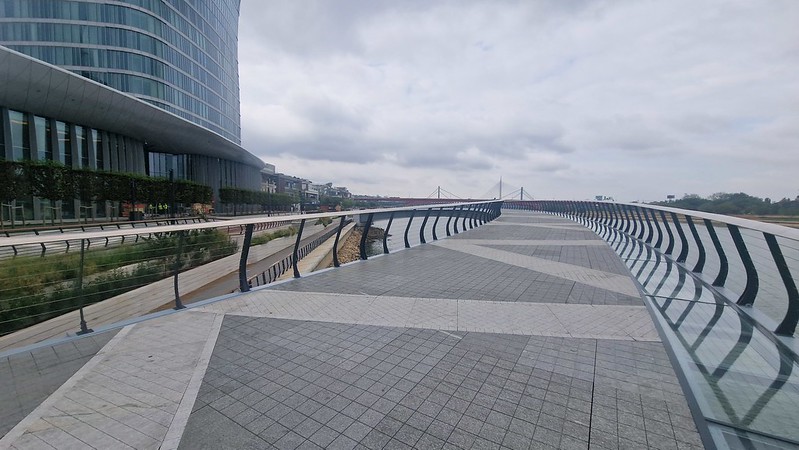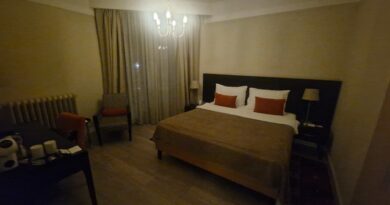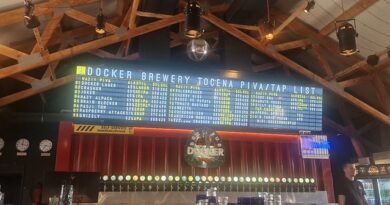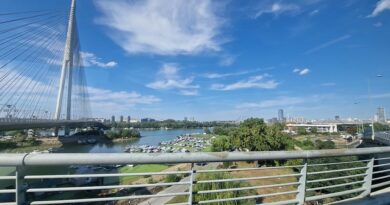Belgrade Trip – Belgrade Waterfront
Having once again faffed about just a little, I’d better speed up my riveting thoughts on Belgrade as I’m now off on another expedition and so I’m in danger of never quite catching up with these blog posts.
I was aware that Belgrade Waterfront was controversial, it has been a substantial urban project and has been something of a joint partnership between the Belgrade authorities and the United Arab Emirates. It is a major reconstruction of part of the city, involving the demolition of tens of residential and commercial units and even the permanent closure of the city’s mail railway station. They had to resolve problems beyond this as well, moving shipwrecks from the River Danube, moving water pipes, electricity cables and rail lines. Parks have been created and there has been an increase in the amount of space available for pedestrians. The Government has given them 30 years to complete the project and we’re just under 10 years into it.
At the heart of the project is Kula Belgrade, or Belgrade Tower, which is 168 metres in height. It has now nearly reached completion and will consist of a hotel, serviced apartments and residential units.
A whole new waterfront pathway has been constructed.
In all fairness, it looks good and some considerable effort has gone into the design. It feels a little odd walking along the glass bits to the side, but I was very brave as usual.
The entrance to the shopping centre. Spot the two subtle international food brands.
And the ‘understated’ interior of the Galerija shopping centre. I’m writing this next to the Galleria shopping centre in Hatfield, there’s not always a huge creativity with naming. The shopping centre has over 300 shops, numerous dining areas, a cinema and thousands of car parking spaces. And free wi-fi, which proved handy as I don’t have any free data roaming in Serbia. On which point, it felt like travelling back ten years having to keep my phone off, it does nothing for my stress levels not being able to receive e-mails and check the news every eight minutes. I’m not into digital detox, but I digress.
I’m not sure that the pedestrian areas would be quite like this in the UK for fear of a child running down to explore them.
And that’s what it looks like from afar, all modern and shiny. The properties to the left are the new residential buildings that have been constructed as part of the whole project. And at least this part of the River Danube is accessible, as some other stretches really aren’t easy to walk down, but this one has seating, bins and even exercise equipment by it.
One of the public spaces that has been created by some of the new residential properties. There are tensions it seems, there is a very modern and expensive area of the city being created for the wealthy, almost separate from that of the actual city of Belgrade. Although, perhaps, it was ever thus. Amidst all of this, there have been sustained allegations of corruption and a misuse of money, but perhaps such thoughts are inevitable for any expensive project.
Something that I think is interesting is that looking back to the 1950s and 1960s, large-scale projects such as this seemed a marvellous idea in city centres. Street lines were swept away, heritage entirely destroyed and people moved out of areas they’ve lived for decades. All new shiny things are positive for urban renewal and the well-being of residents, but I wonder whether in 50 years they’ll look back and talk about the destruction of a large area by the river. For me, I thought it was all rather lovely, although little thought had been given as to how pedestrians were supposed to cross roads that they were working on. The solution seemed to be for pedestrians to barge their way into the road and make the cars stop, all slightly ironic given that this development is meant to be good news for walkers and cyclists.













